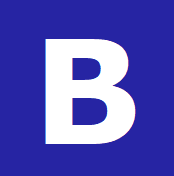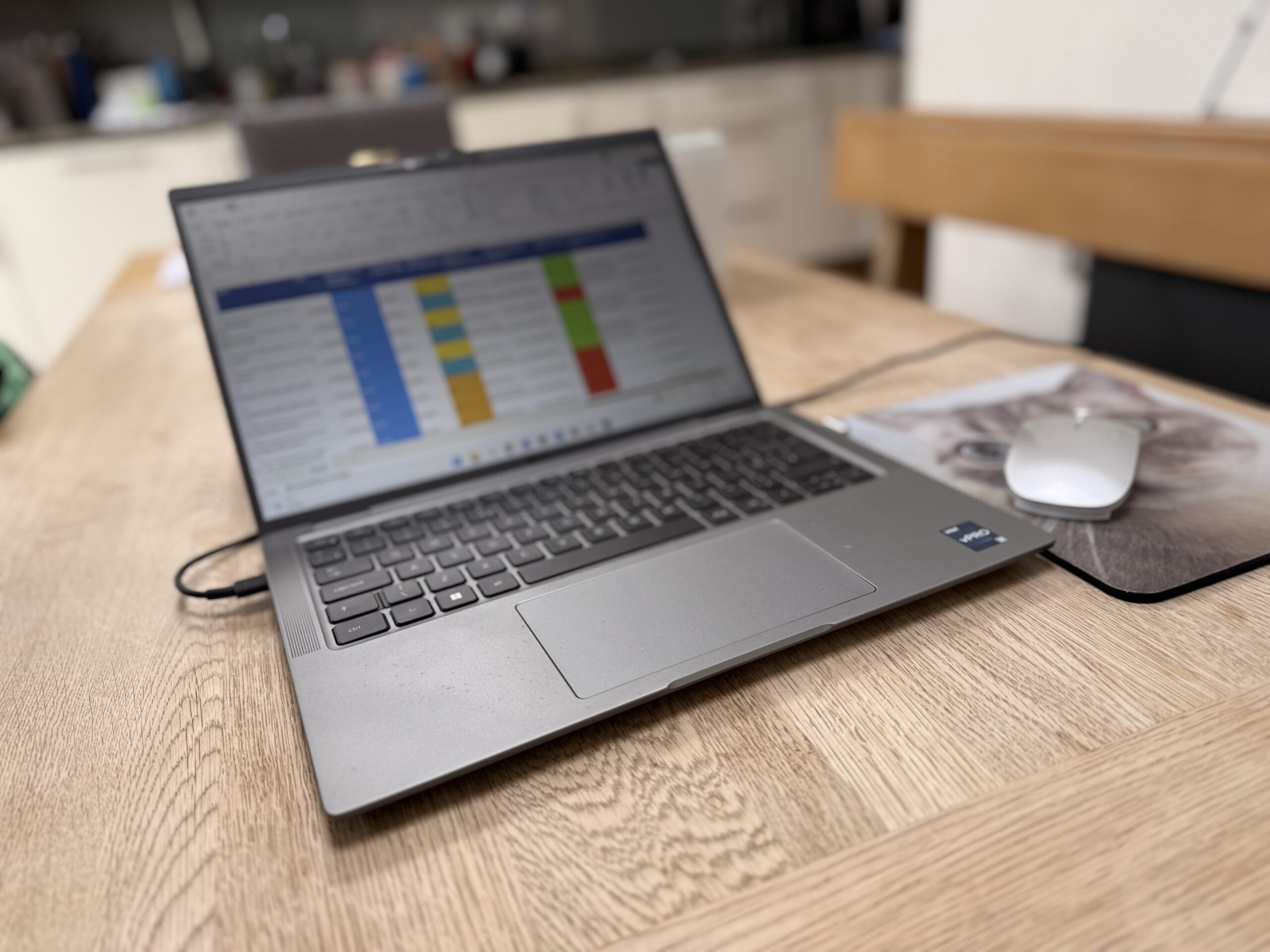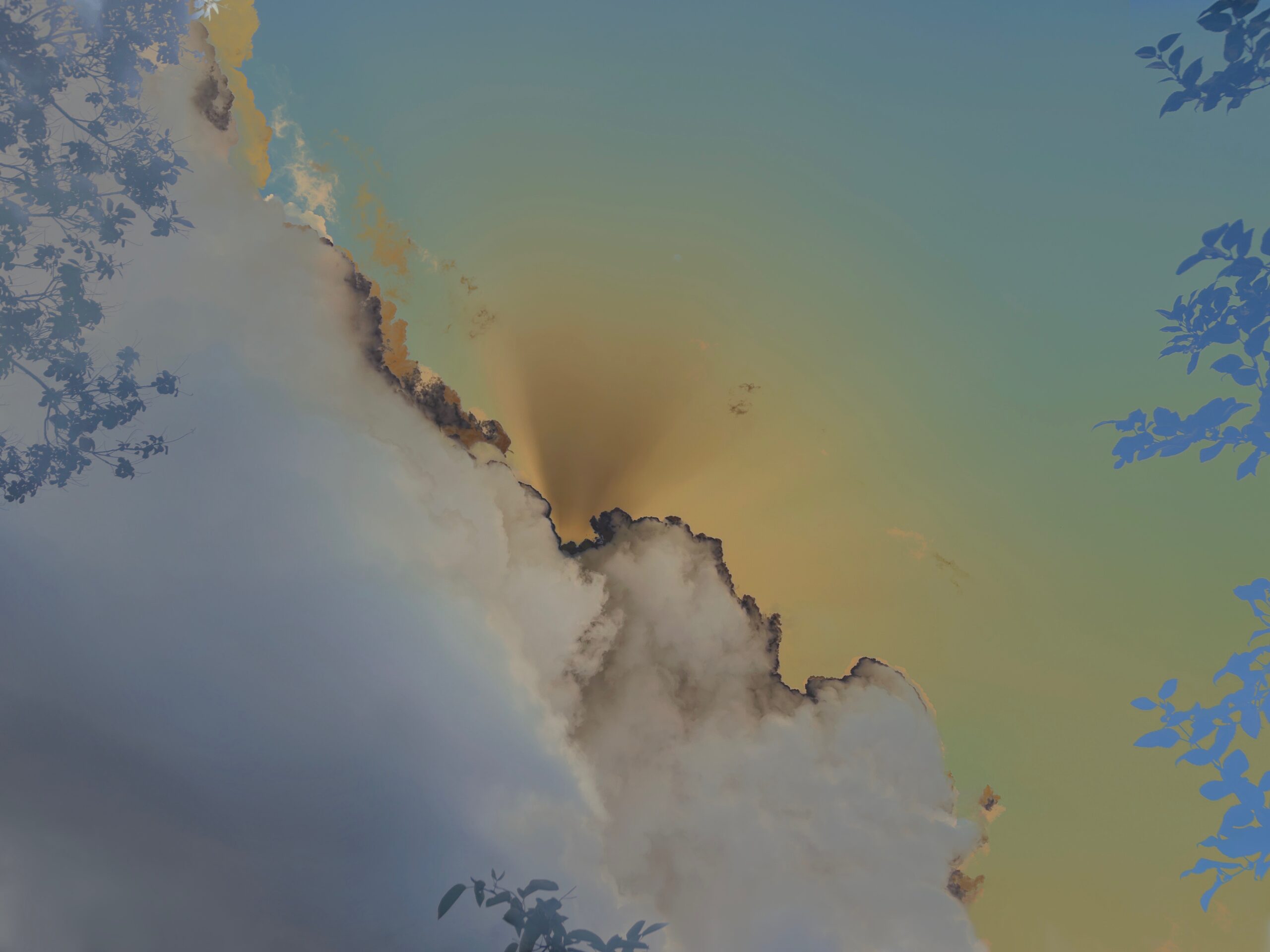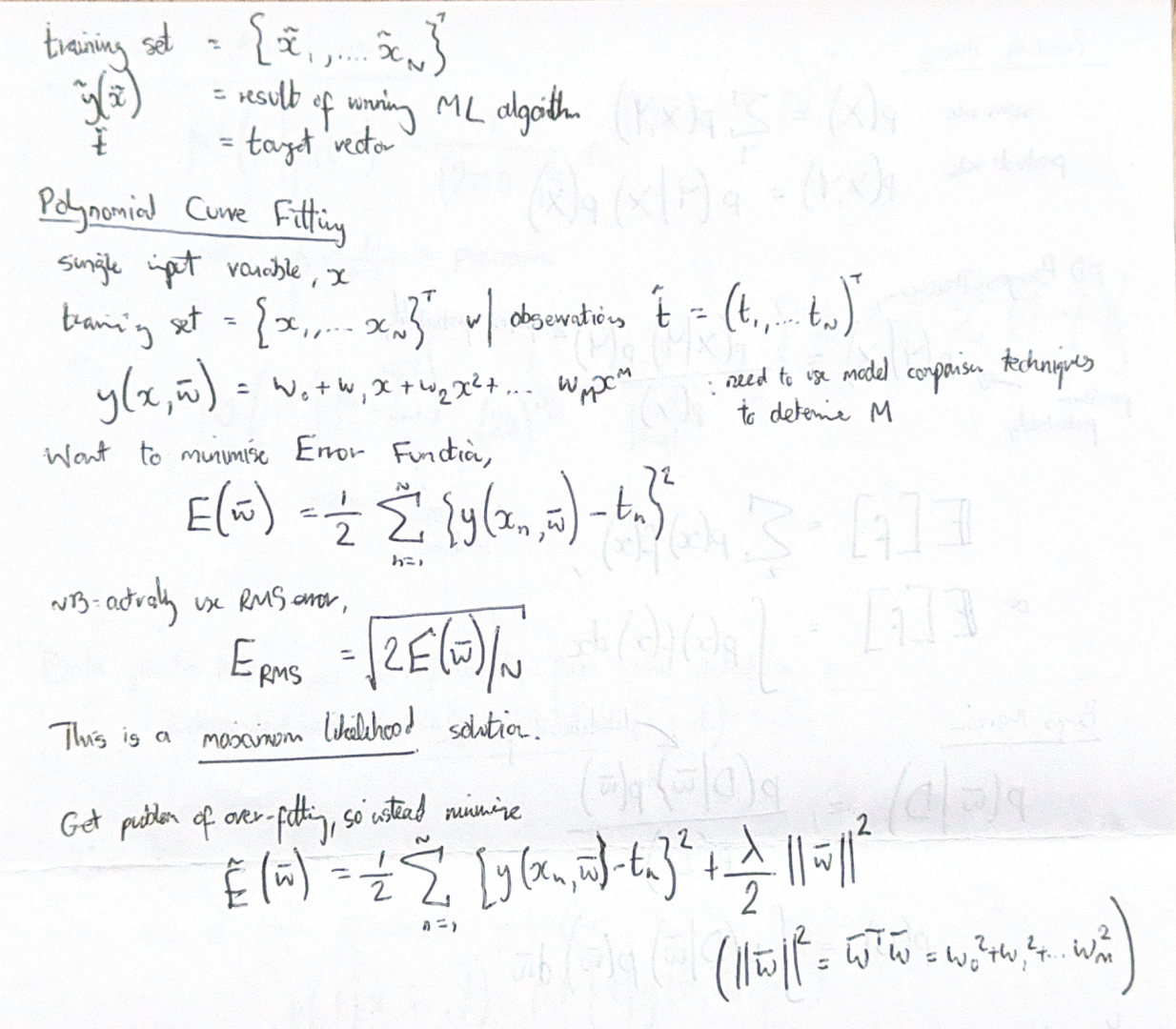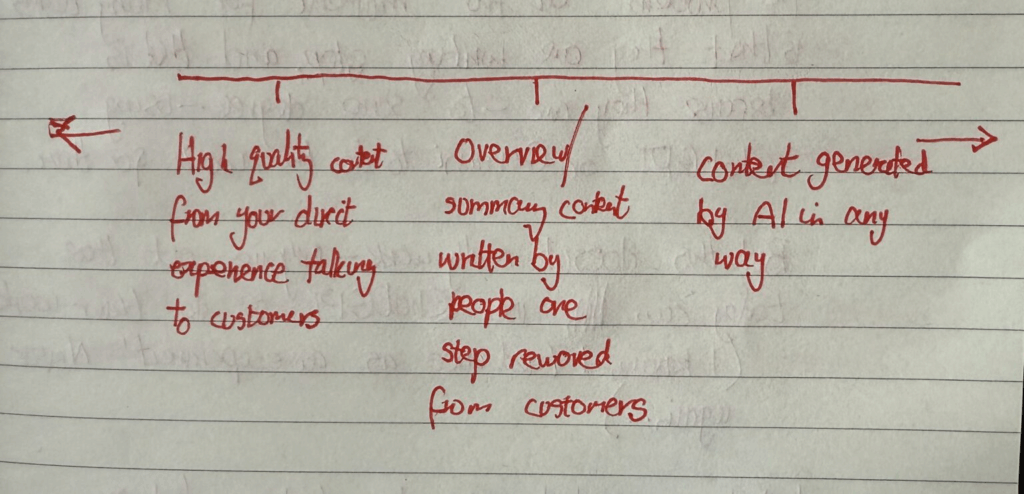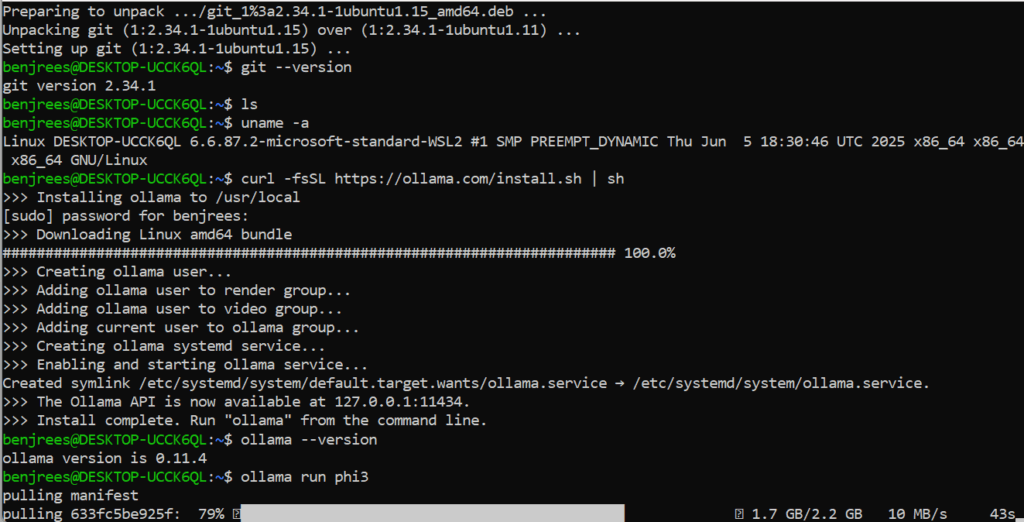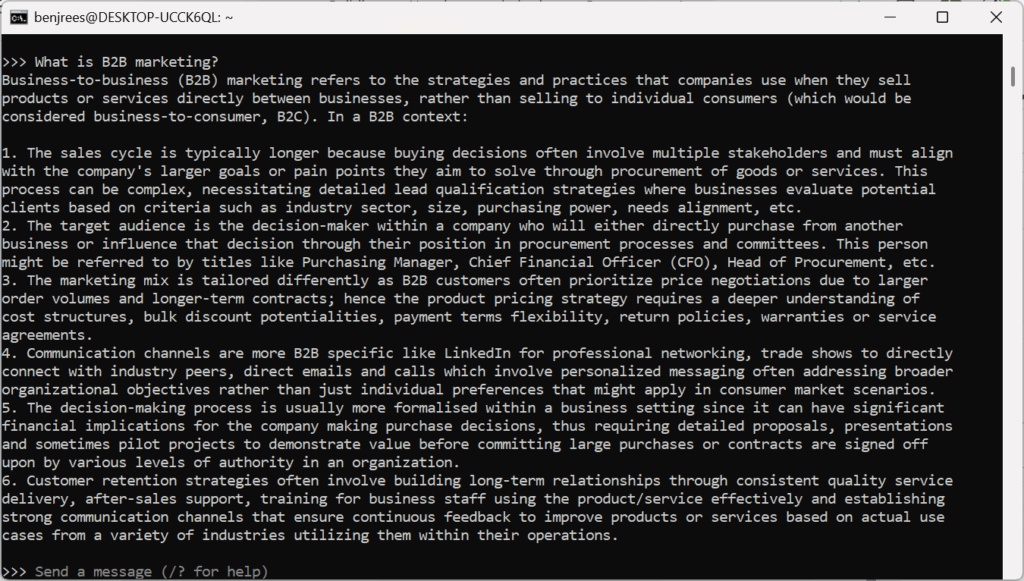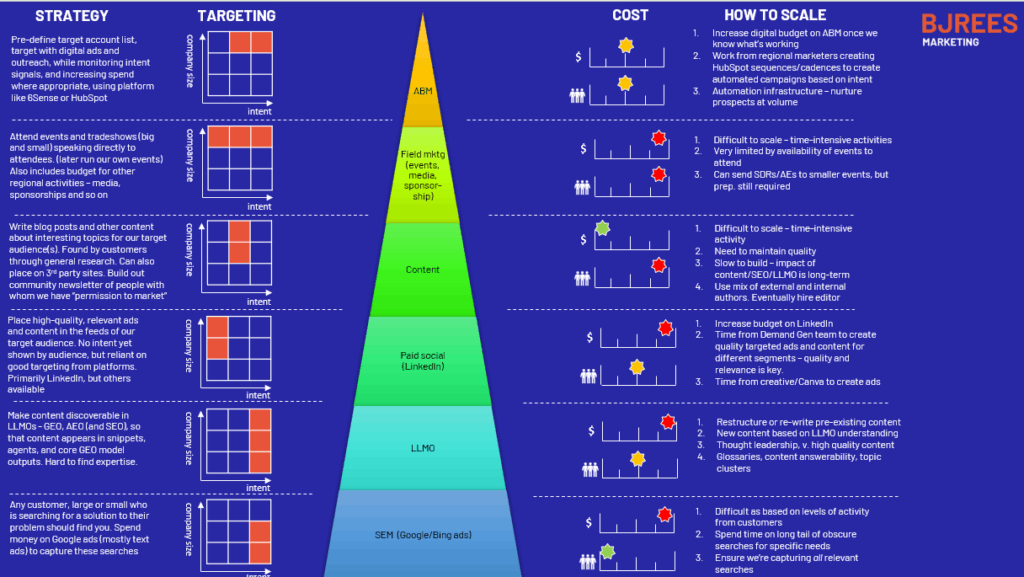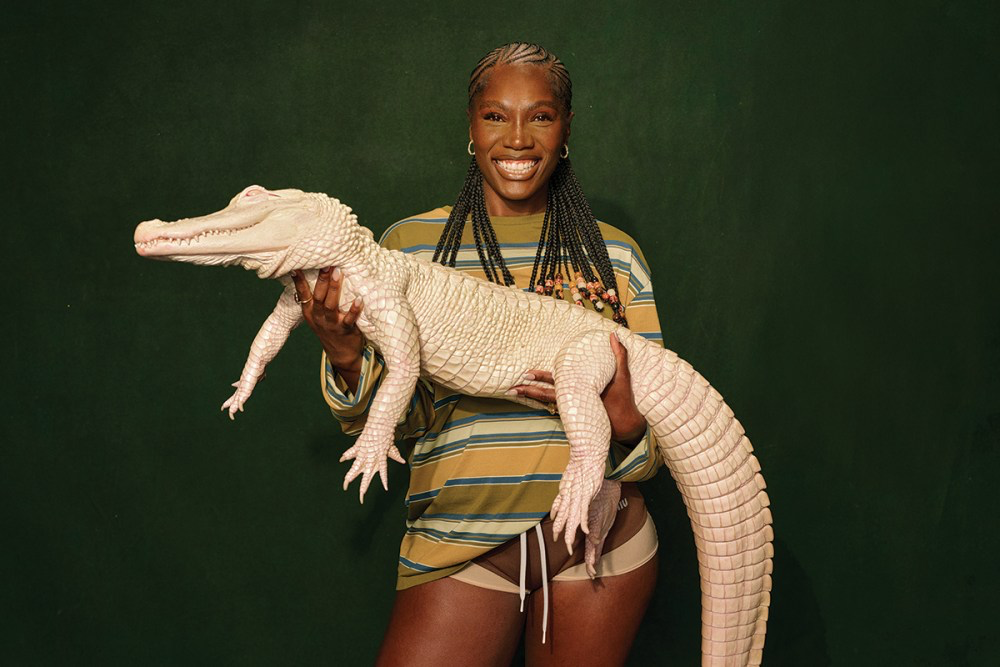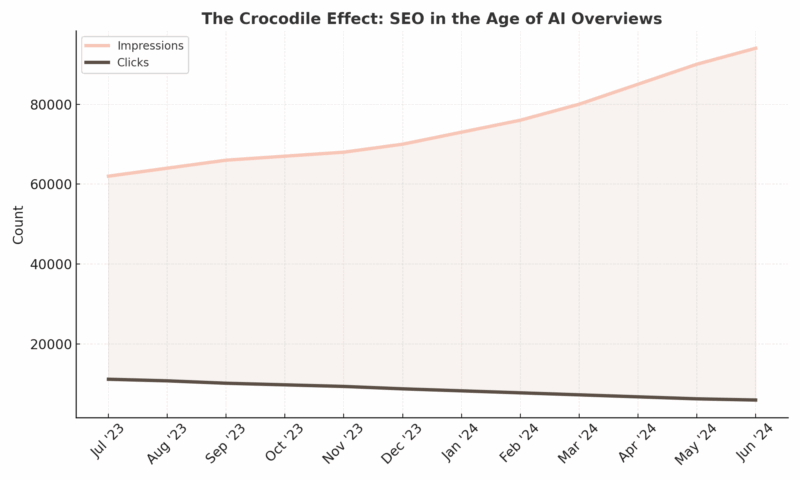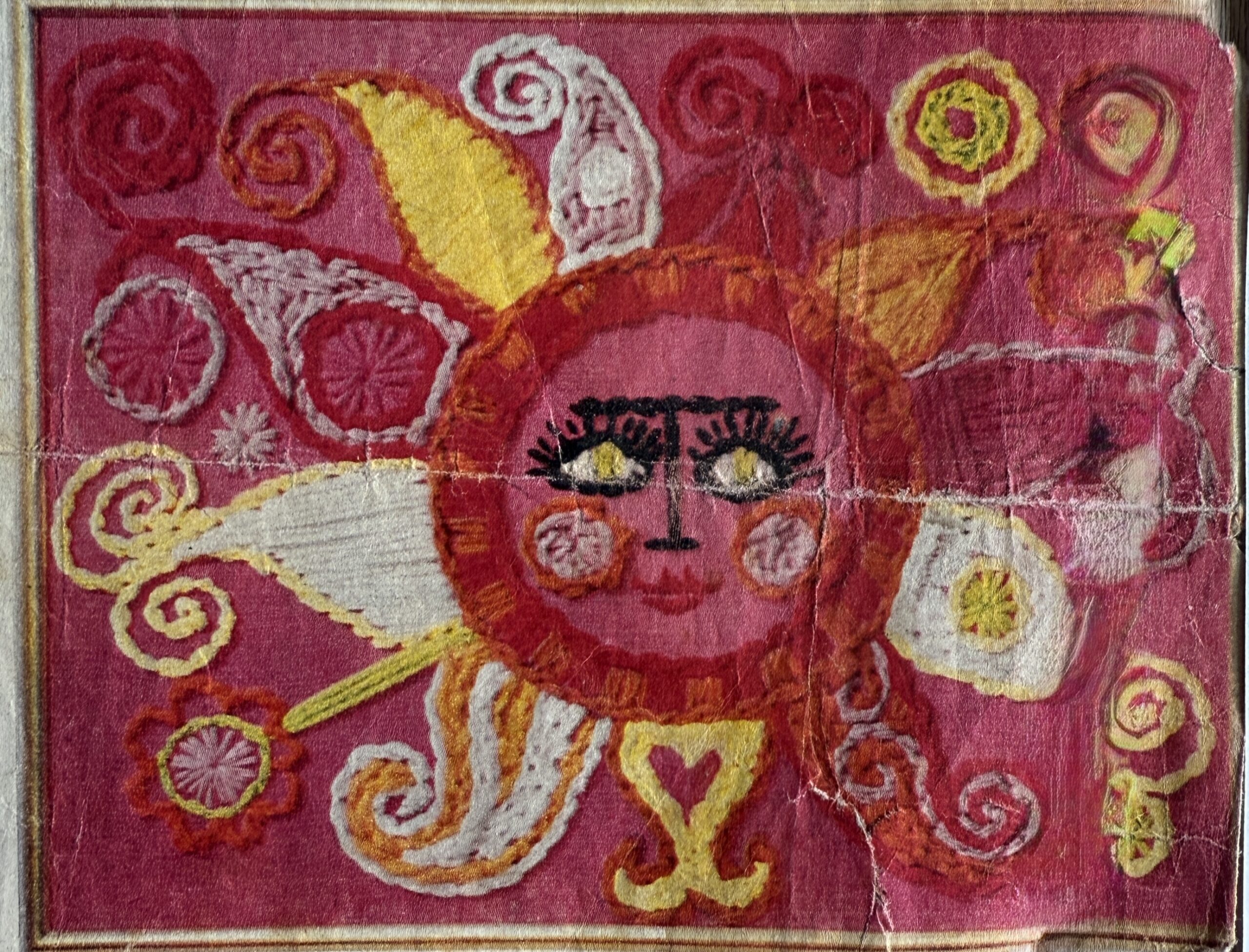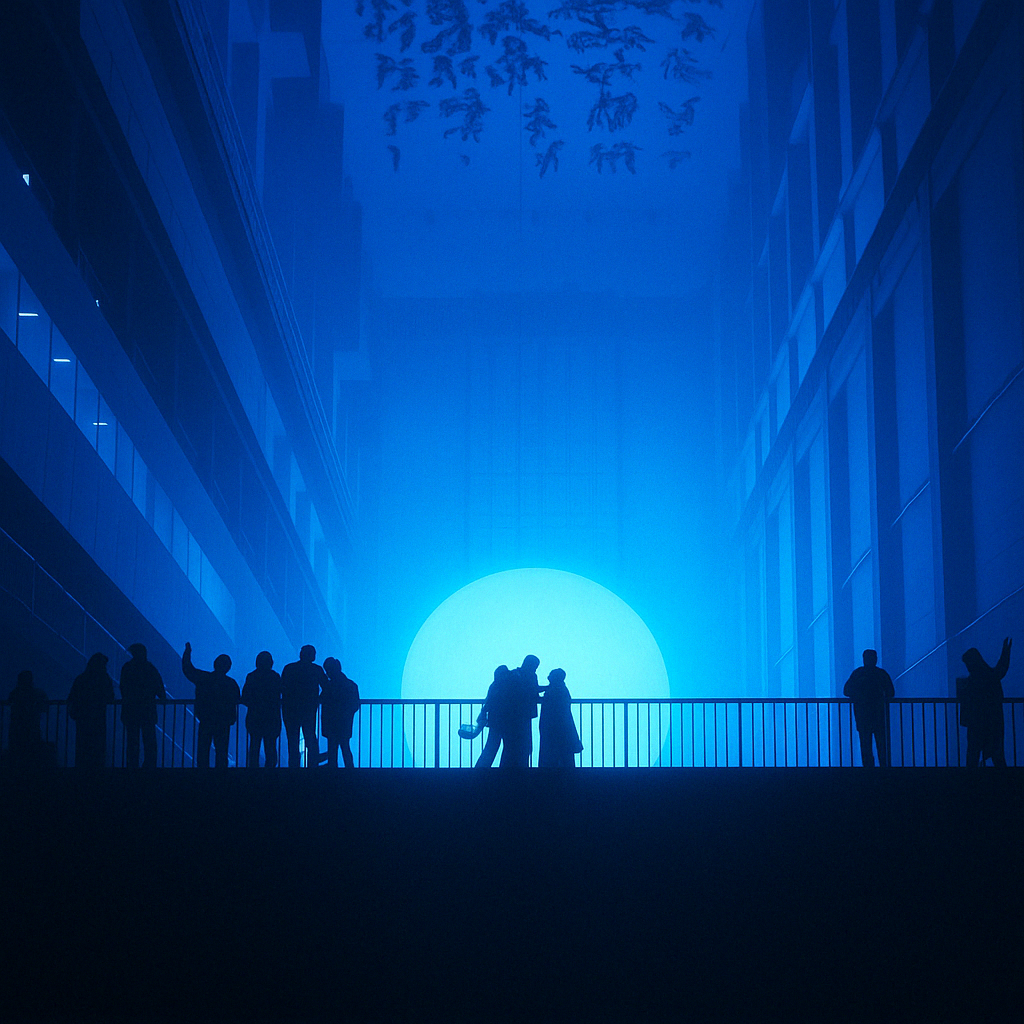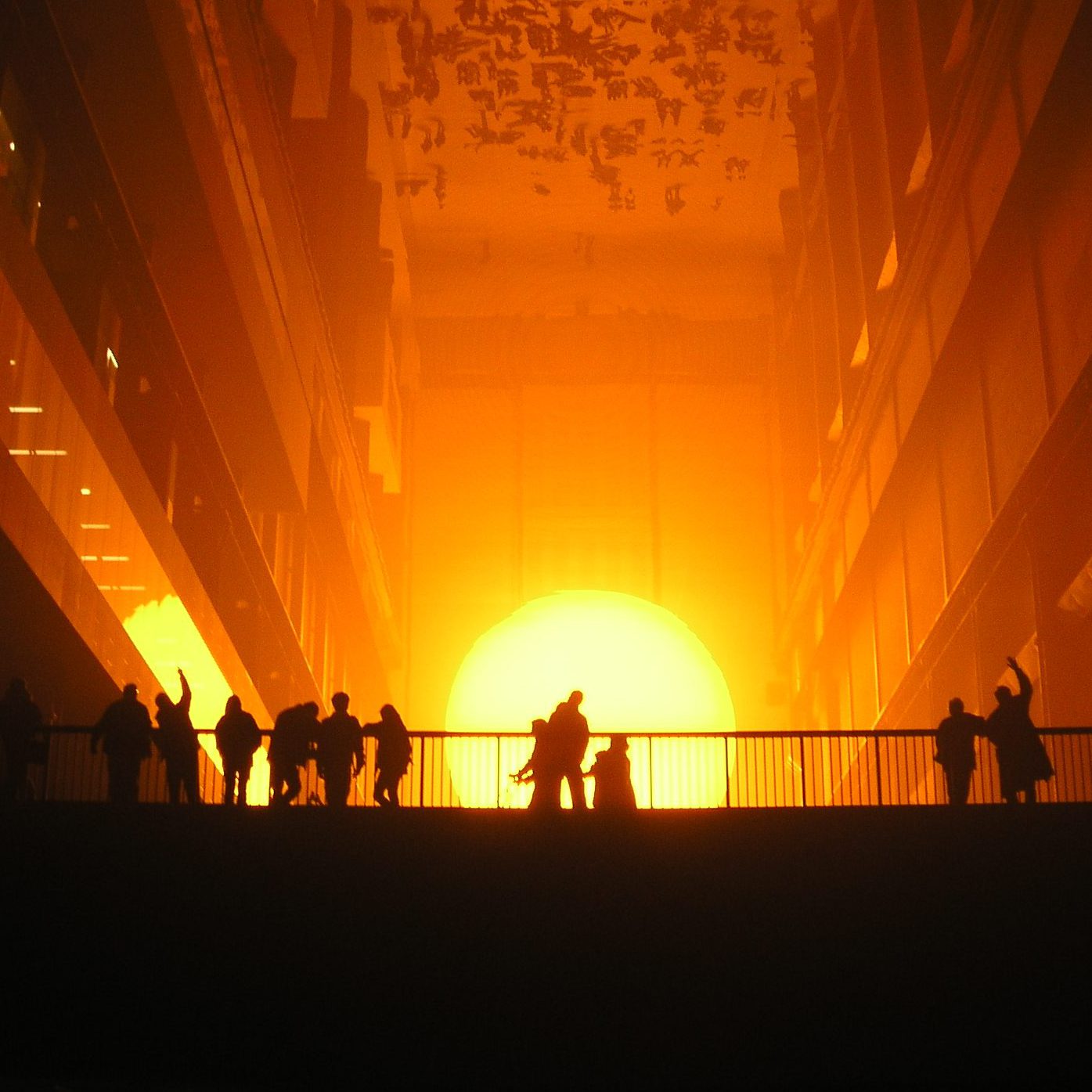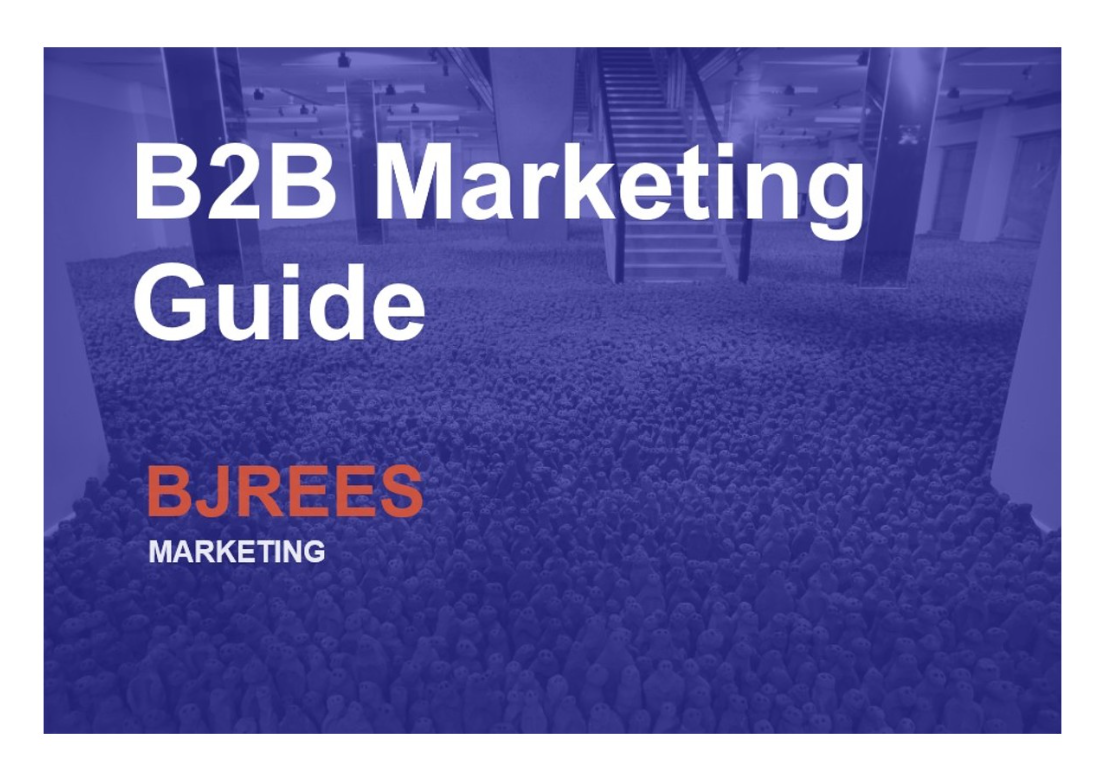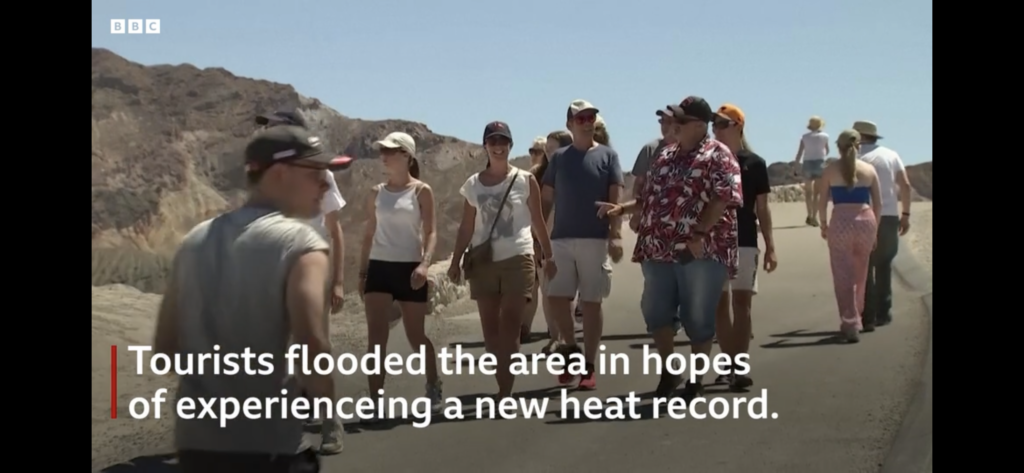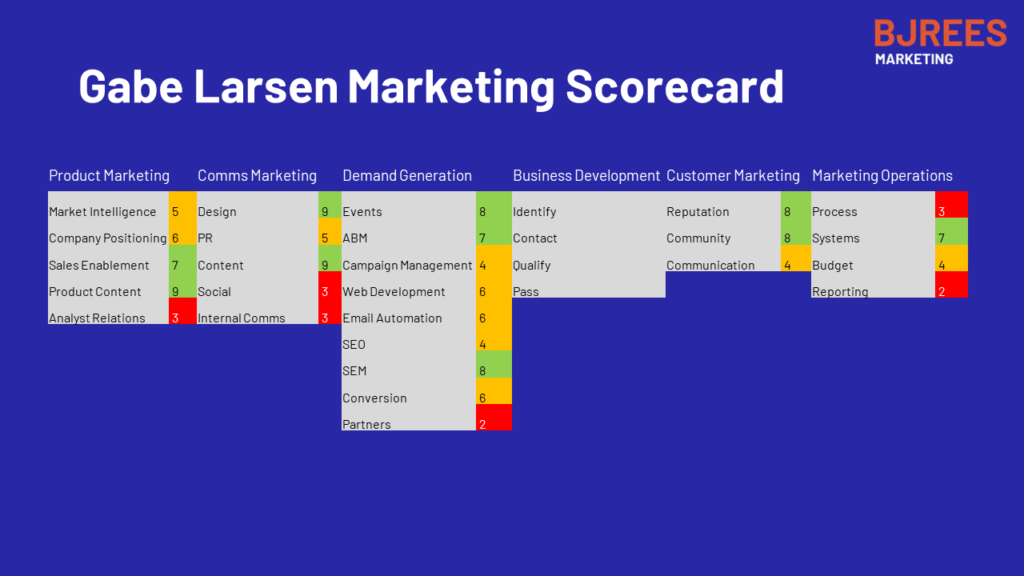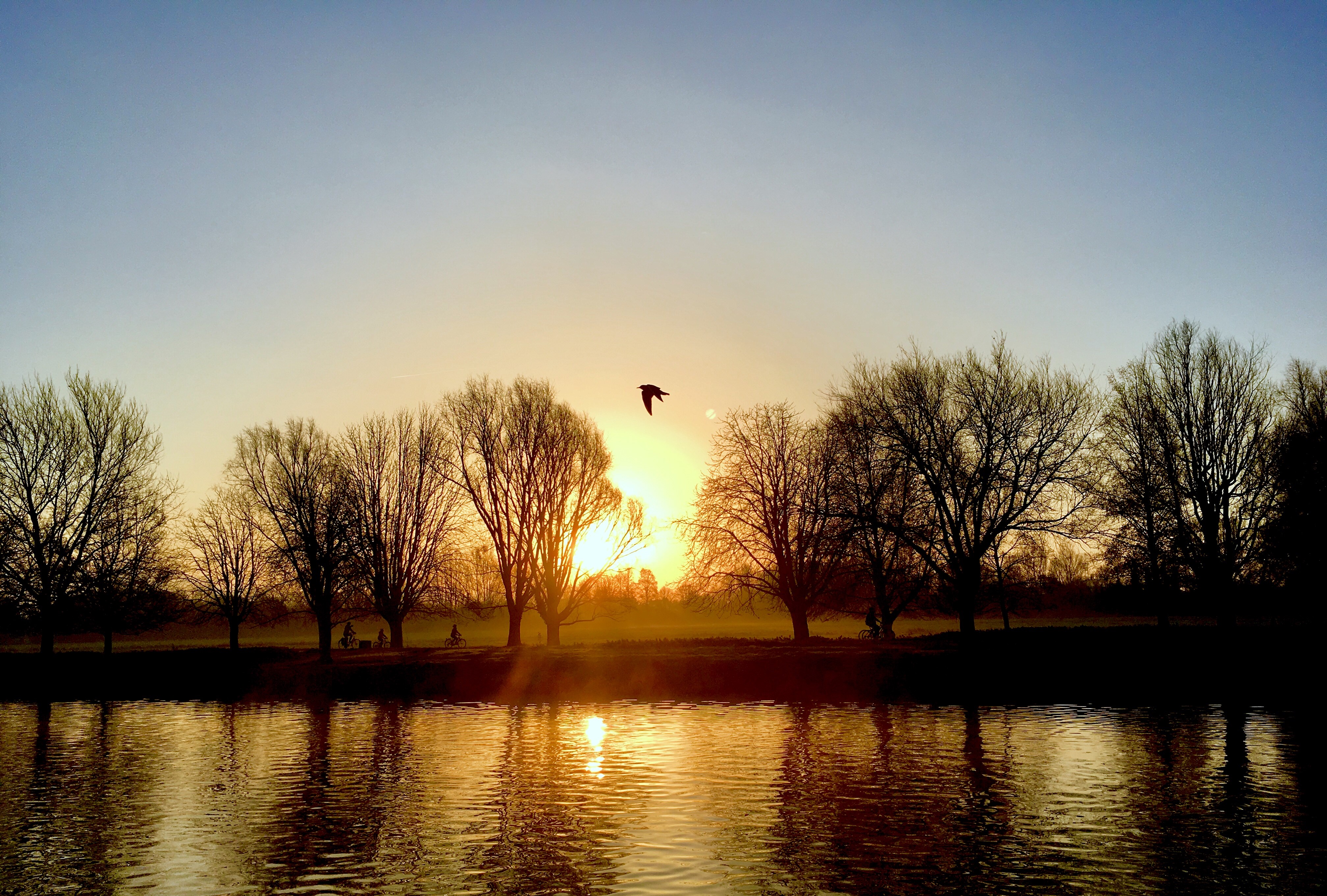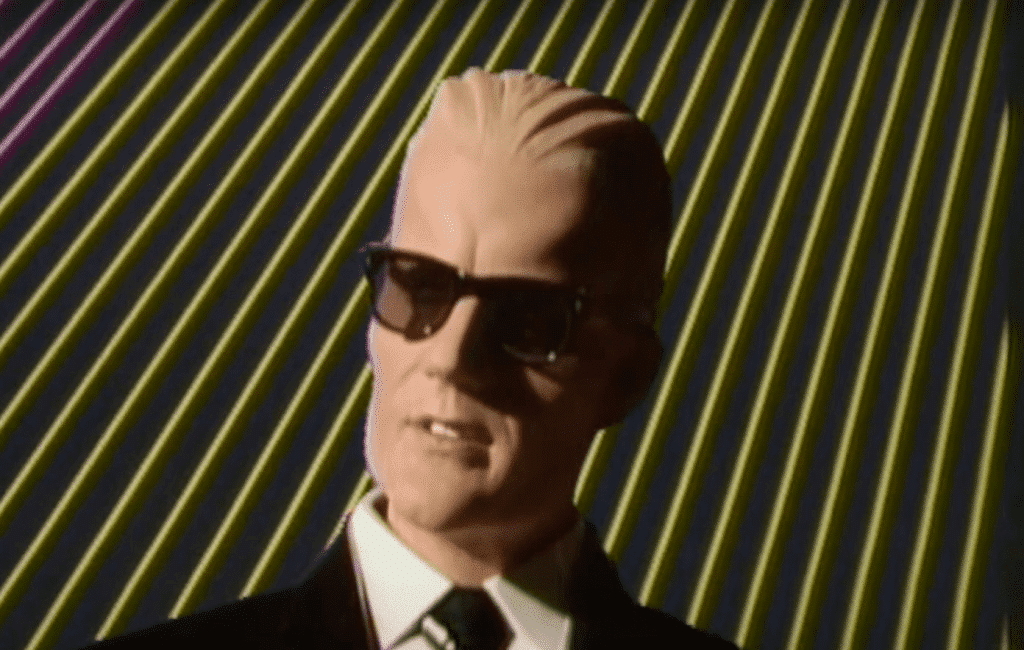Generative search engines (Perplexity, Bing AI, ChatGPT Search, Google’s AI Overviews) operate very differently from traditional search. instead of slow moving changes in ranking, they regenerate answers dynamically, pulling from:
- recent content
- structured data
- trusted sites
- and context that changes far faster than SEO rankings ever did
This dynamic behaviour creates a situation where AEO visibility actually decays unless a brand actively maintains its AI-facing footprint over time.
In this post, I’ll outline the core theory behind this, and introduce a simple monitoring framework that matches the reality of how AI search works today.
AI Engines Forget Quietly (And Much Faster Than Google Search)
In traditional SEO, rankings erode gradually, a page might slip from position 4 → 7 → 12 over several weeks.
AEO is much more volatile:
- Perplexity can refresh its answer sets daily
- ChatGPT Search combines fresh crawl + retrieved context + model synthesis
- Bing AI cites different sources depending on query wording
- Google AI Overviews decide pull-through based on entity signals and recency
This means brands can vanish from AI answers overnight with no warning. Or at the very least you have to be monitoring it constantly. It is great that AEO optimisation can generate results quickly. But of course the flip-side of that is that you can lose that ranking just as quickly.
Diagram 1: AEO Visibility Decay Curve

This chart is intentionally simple (or “illustrative” 🙂), but the point is important:
AEO visibility decays quickly without updates, and the decay rate increases with brand scale and competitive pressure.
Why does this matter?
Why Frequency Becomes the New Unit of Value
Most SEO or content services are priced based on models that have been around for a decade or more:
- hours
- deliverables
- content volume
- complexity
- retainer type
In AEO, none of these really map to how visibility behaves. I believe the correct unit of value is frequency – something I am going to investigate over the coming months.
The question is no longer:
- “How many pages have we optimised?”
- “How much content did we produce this quarter?”
It becomes:
“How often do we know what AI engines are saying about our brand? What is appropriate?”
This is where the discussion gets interesting. The problem really is that if you monitor your performance too frequently you get lost in data without drawing any conclusions, or without being able to make any changes. But if you only monitor every few months you’re going to miss big changes in your visibility for too long. You need to get this balance correct and I believe this should be based on the size of your organisation – a proxy for your presence in the market.
AEO Monitoring Frequency Model
Brands decay at different speeds depending on the stakes, the competitive intensity and their entity footprint.
This leads to a simple, practical model:
Diagram 2: Monitoring Frequency Model
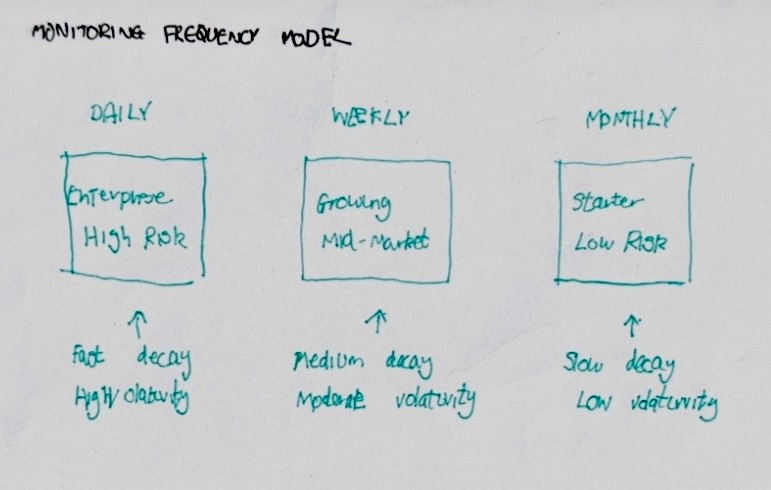
Daily – Enterprise Brands
High volatility. High consequence.
Reputation, messaging accuracy and risk all matter.
Daily monitoring is not optional – it’s insurance.
Weekly – Growth / Mid-Market
Enough activity and competitive pressure to justify weekly checks.
Drops here can affect pipeline and perception quickly.
Monthly – Smaller Brands
Low complexity and lower competitive pressure.
Visibility changes slowly enough for monthly measurement.
What This Means for Marketers
This framework changes the old SEO mindset:
SEO was:
- stable
- linear
- indexed
- slow
AEO is:
- dynamic
- generative
- entity-driven
- recency-sensitive
- volatile
In this environment, visibility isn’t simply “earned once.” It’s continuously maintained, and the only meaningful pricing model is how frequently you monitor and refresh your presence.
This is still a theory, but I am continuing to work on this to see if there is a way of splitting strategies out, based on the scale of a company’s ambitions and targets.
What Comes Next
Over the next several weeks, I’ll be publishing:
- real decay curves from bjrees.com
- volatility maps across Perplexity, Bing AI, ChatGPT Search and Google’s AI Overviews
- early evidence on how freshness and entity structure influence AEO inclusion (see https://www.bjrees.com/be-findable-in-ai-answers/).
If you want this measured for your company, or want to discuss the implications, feel free to reach out – https://www.bjrees.com/contact-us/.
Want to Measure Your AEO Visibility?
If you’re concerned about what AI search engines are saying about your brand – or how often they forget you – I can help. I offer monthly, weekly and daily AEO monitoring to track your visibility across Perplexity, Bing AI, ChatGPT Search and Google’s AI Overviews.
